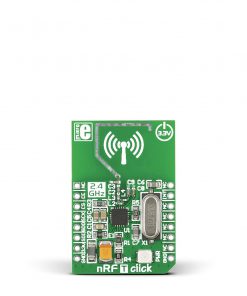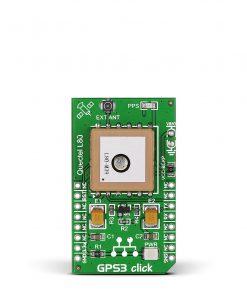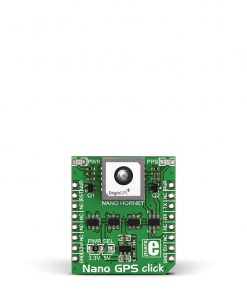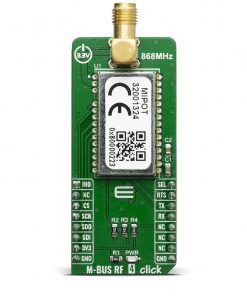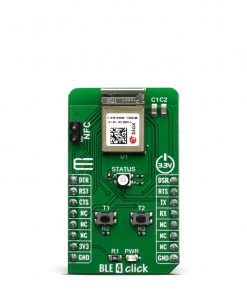ISM RX Click
R440.00 ex. VAT
ISM RX Click is a compact add-on board that contains a complete wireless RF digital data receiver. This board features the MAX1471, a low-power CMOS RF dual-channel receiver configurable through SPI serial interface from Analog Devices. It operates from both 3V or 5V and is designed to receive both amplitude-shift-keyed (ASK) and frequency-shift-keyed (FSK) data without reconfiguring the device or introducing any time delay generally associated with changing modulation schemes. Depending on signal power and component selection, this board supports a frequency of 433.92MHz. This Click board™ is suitable for remote low-speed communication, such as remote keyless access, garage or gate doors control, industrial control, home automation, and similar applications where this kind of communication is applicable.
ISM RX Click is supported by a mikroSDK compliant library, which includes functions that simplify software development. This Click board™ comes as a fully tested product, ready to be used on a system equipped with the mikroBUS™ socket.
Stock: Lead-time applicable.
| 5+ | R418.00 |
| 10+ | R396.00 |
| 15+ | R374.00 |
| 20+ | R359.92 |

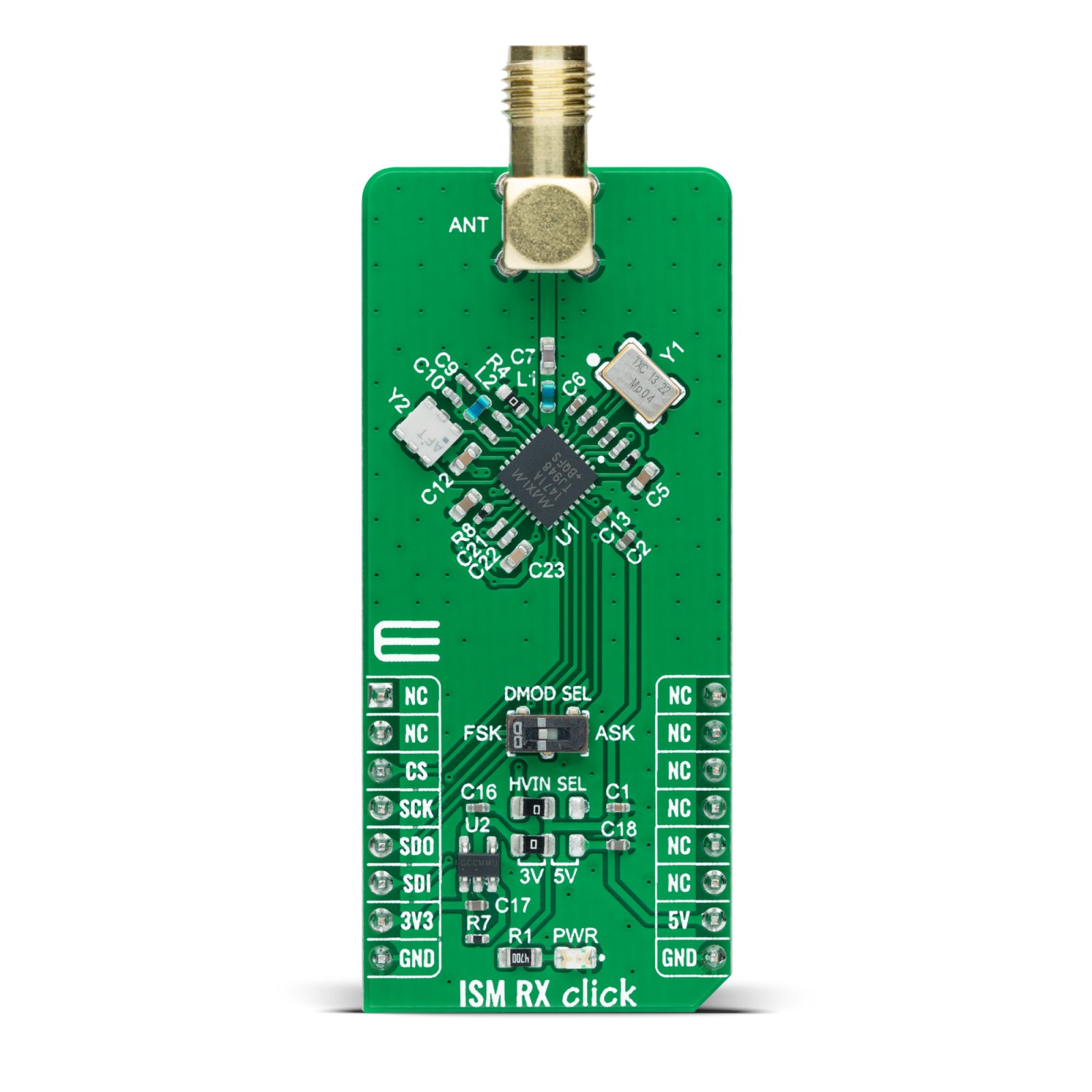

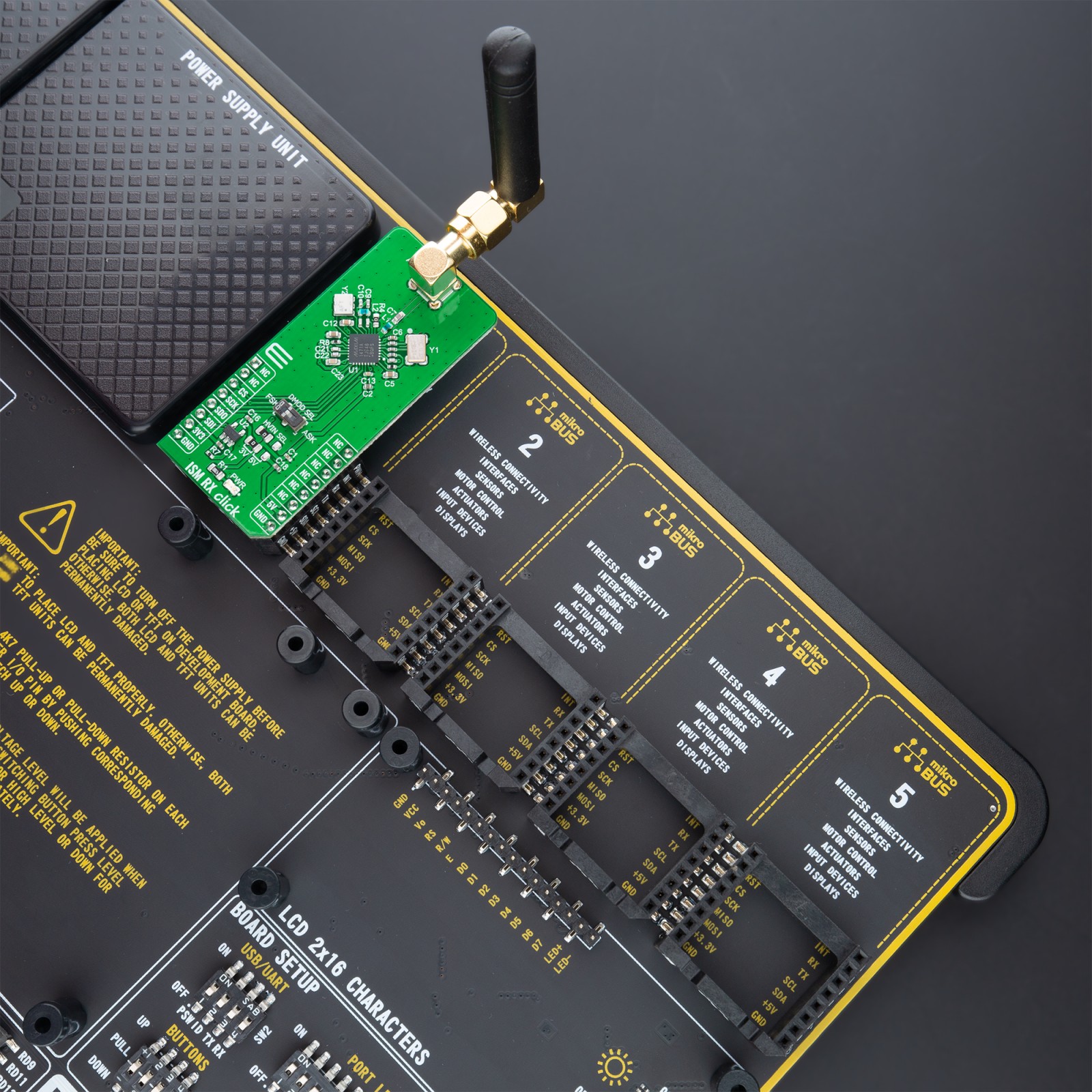


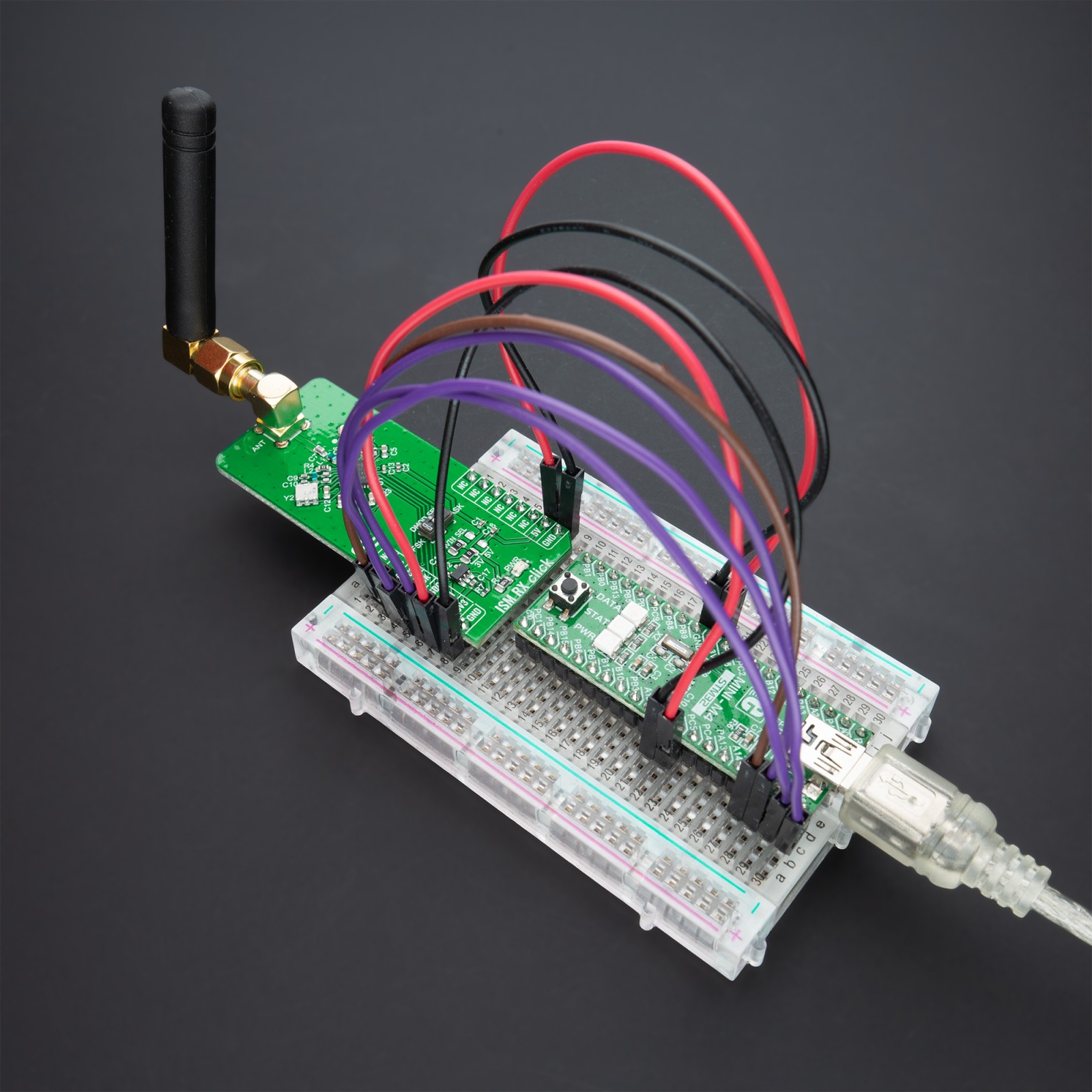


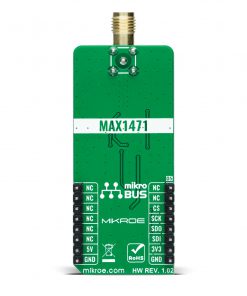

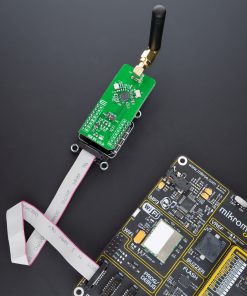


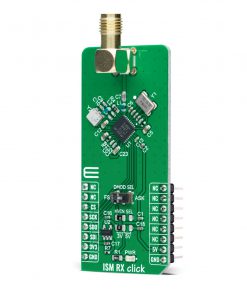
.jpg)

